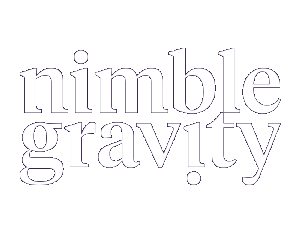Turn a frontier model into business outcomes by connecting it to Enterprise Knowledge Intelligence (EKI) and AI agents that execute real workflows.
What is a Frontier Model?
A Frontier Model (GPT‑5, Gemini, Claude, Llama, etc.) is a large foundation model trained to understand language, reason, generate content and coordinate actions. It is powerful yet generalist: it doesn’t know your business until connected to your context.
How it’s contextualized with your organization
Key: you don’t jam all data inside the model. You connect it to sources and query with control and traceability.
Where does Enterprise Knowledge Intelligence (EKI) fit?
Platforms like Glean and Microsoft Copilot Graph form the knowledge intelligence layer: they index your content, enforce permissions, update in real time, and deliver relevant context to models and people.
Difference between EKI and classic RAG
Integrated architecture (from model to action)
The model reasons; the EKI layer contextualizes; internal systems provide live data; agents execute workflows with traceability.
How it looks in practice
- The customer submits a request in natural language.
- A specialized AI agent interprets intent and delegates subtasks.
- The Frontier Model queries the EKI first (Glean or Copilot Graph) for policies, docs and context. The EKI accesses internal vector indices.
- For live data, the agent calls secure core/CRM APIs.
- Final response with full traceability and record update.
Outcome: accurate, secure and consistent responses; humans focus on exceptions.
Conclusion
Frontier Firms are built by connecting Frontier Models to the company’s living knowledge and empowering agents to execute processes securely—bridging AI potential and business outcomes.




